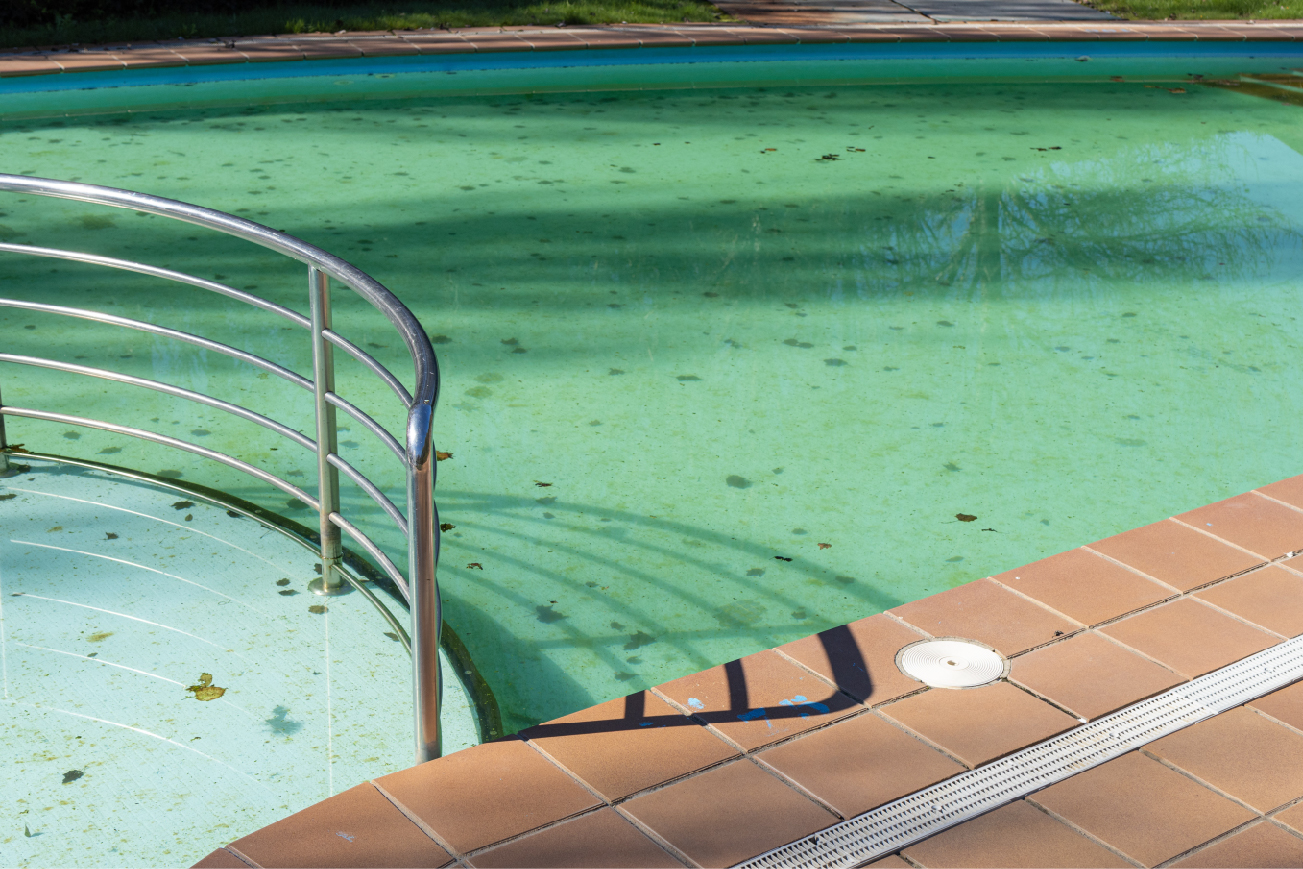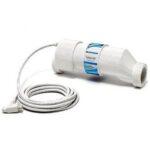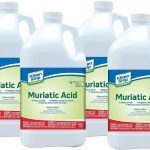
Reviving a Green Salt Water Pool: Steps to Restore Crystal Clear Water
Turn Your Salt Water Pool from Green to Pristine with These Effective Strategies
Introduction
A green salt water pool can be an unwelcome sight for any pool owner. It is often caused by an algae bloom, imbalanced water chemistry, or improper pool maintenance. This article will guide you through the process of fixing a green salt water pool and restoring crystal clear water for a safe and enjoyable swimming experience.
Step 1: Test and Balance Water Chemistry
The first step in addressing a green salt water pool is to test the water chemistry. Use a reliable test kit to check the levels of pH, alkalinity, and salt concentration. Adjust the levels as necessary:
- pH: The ideal pH range for a salt water pool is 7.2-7.6. If the pH is too high or too low, it can reduce the effectiveness of the salt chlorine generator and contribute to algae growth. Use a pH increaser or decreaser to bring the pH within the optimal range.
- Alkalinity: The recommended alkalinity level for a salt water pool is between 80 and 120 ppm. If the alkalinity is too low, add a total alkalinity increaser. If it’s too high, use muriatic acid or dry acid to lower it.
- Salt Concentration: The ideal salt concentration for a salt water pool typically ranges from 2,500 to 4,500 ppm. If the salt level is too low, add the appropriate amount of pool salt to achieve the recommended concentration. If the salt level is too high, partially drain the pool and refill it with fresh water to dilute the salt concentration.
Step 2: Check the Salt Chlorine Generator
Ensure that the salt chlorine generator is functioning properly and producing the required amount of chlorine to keep your pool algae-free. Check the generator’s cell for any buildup or scaling, and clean it as needed following the manufacturer’s instructions. Adjust the generator’s output settings if necessary to produce an adequate amount of chlorine (1-3 ppm).
Step 3: Shock the Pool
Shocking a salt water pool helps to kill algae and break down organic contaminants. Use a powerful pool shock product, such as calcium hypochlorite or a non-chlorine shock, following the manufacturer’s instructions. Make sure that the pool pump is running during this process to distribute the shock evenly.
Step 4: Run the Filter
After shocking the pool, run the pool filter continuously for at least 24 hours to remove dead algae and other particles that contribute to the green color. Make sure to clean or replace the filter cartridge, sand, or DE (diatomaceous earth) media if it’s dirty or clogged.
Step 5: Brush and Vacuum the Pool
Once the pool water starts to clear, use a pool brush to scrub the pool walls, floor, and steps, removing any remaining algae and debris. Then, manually vacuum the pool to remove dead algae and any other debris that may have settled at the bottom.
Step 6: Use an Algaecide
As a preventive measure, consider using an algaecide specifically formulated for salt water pools. This will help to inhibit algae growth and keep your pool water clear. Follow the manufacturer’s instructions for proper application and dosage.
Step 7: Regular Maintenance and Monitoring
To maintain clear pool water and prevent future algae blooms, establish a regular maintenance routine:
- Test water chemistry at least once a week to ensure that pH, alkalinity, and salt levels remain within the recommended ranges.
- Clean the salt chlorine generator cell as needed to ensure optimal chlorine production.
- Shock the pool periodically, especially after heavy usage or severe weather.
- Clean the pool filter regularly to ensure optimal filtration performance.
- Brush and vacuum the pool surfaces at least once a week to remove dirt, debris, and algae.
- Use an algaecide as a preventive measure to inhibit algae growth.
- Keep the pool area clean by regularly removing leaves, dirt, and debris that can enter the pool and contribute to algae growth.
Conclusion
Fixing a green salt water pool may seem like a daunting task, but with the right approach and consistent maintenance, you can restore crystal clear water and enjoy a clean, healthy swimming environment. By following the steps outlined in this article and establishing a regular maintenance routine, you can prevent future algae blooms and keep your salt water pool in pristine condition for swimmers to enjoy.




